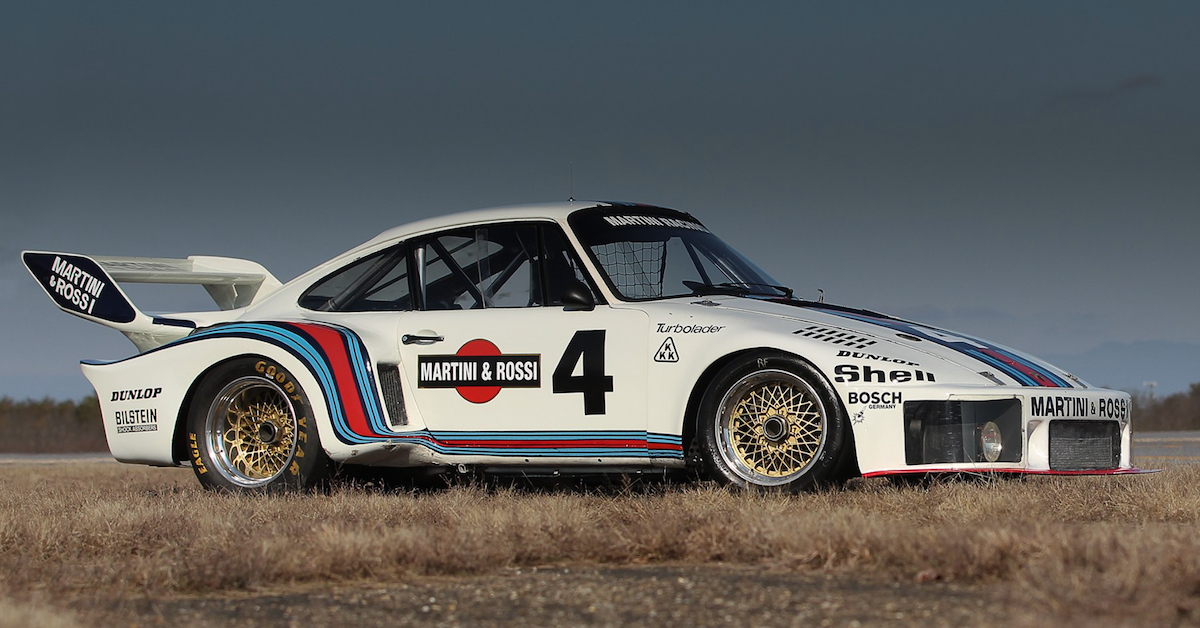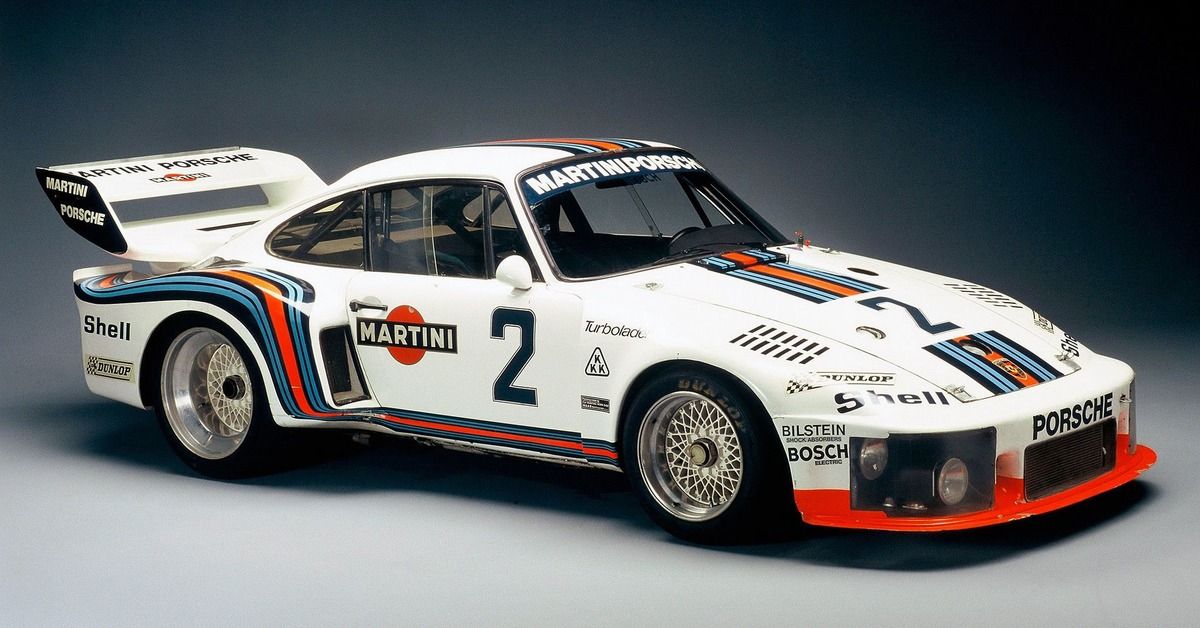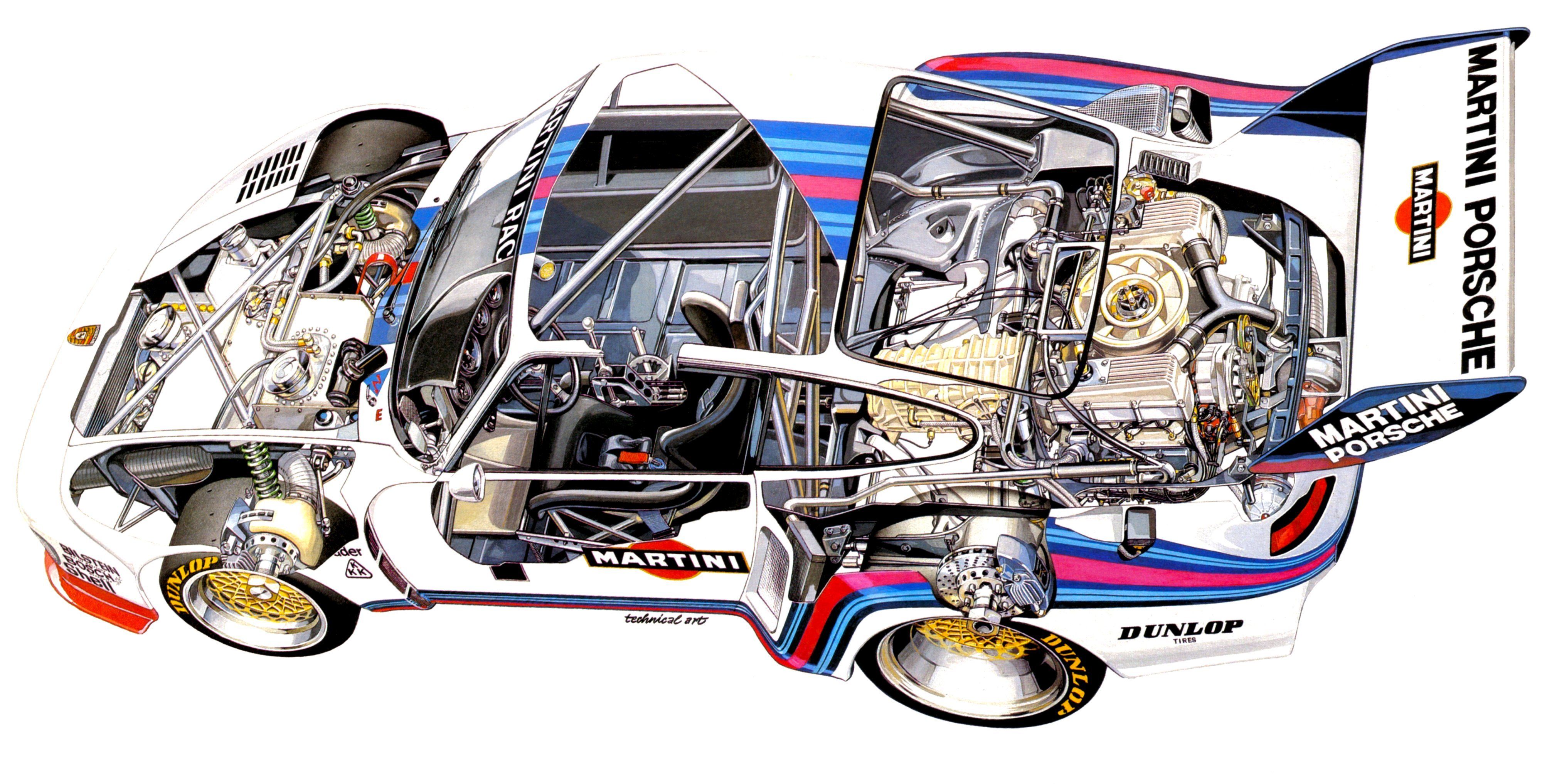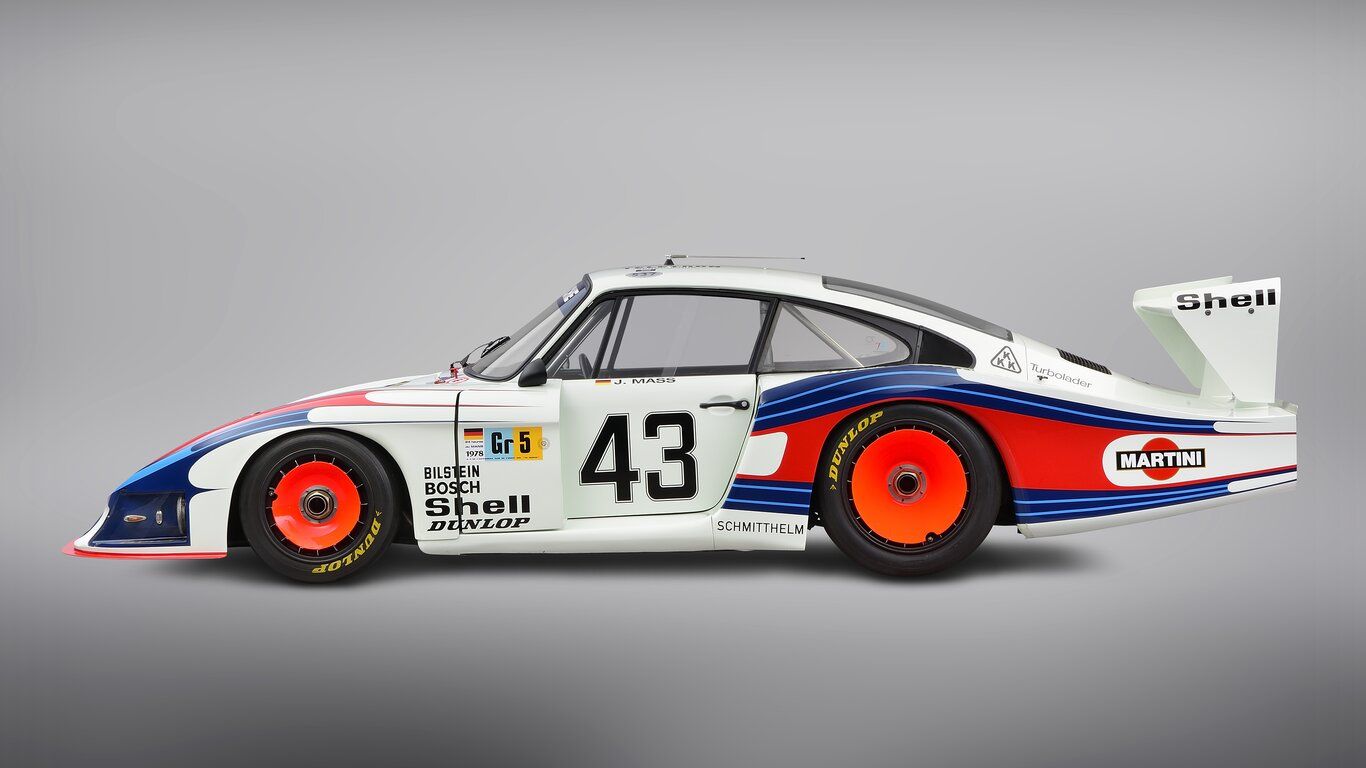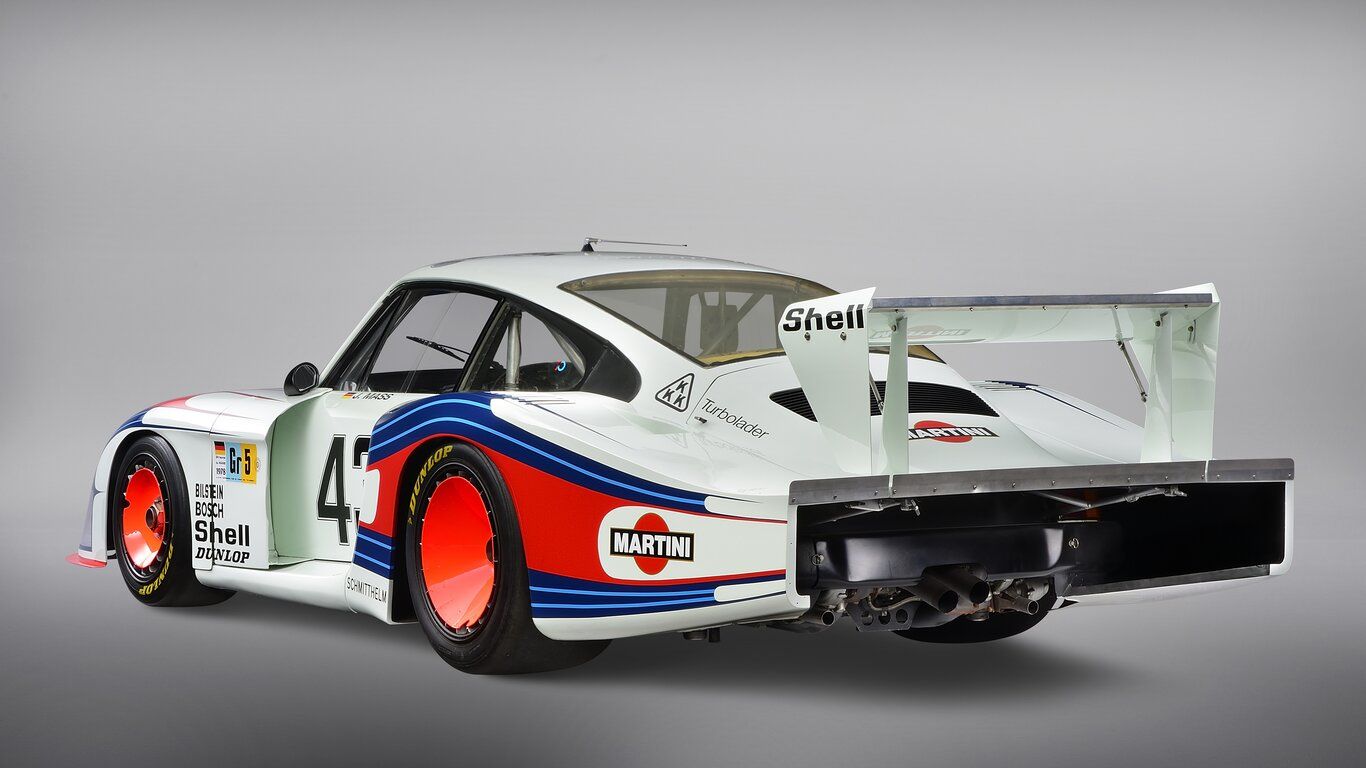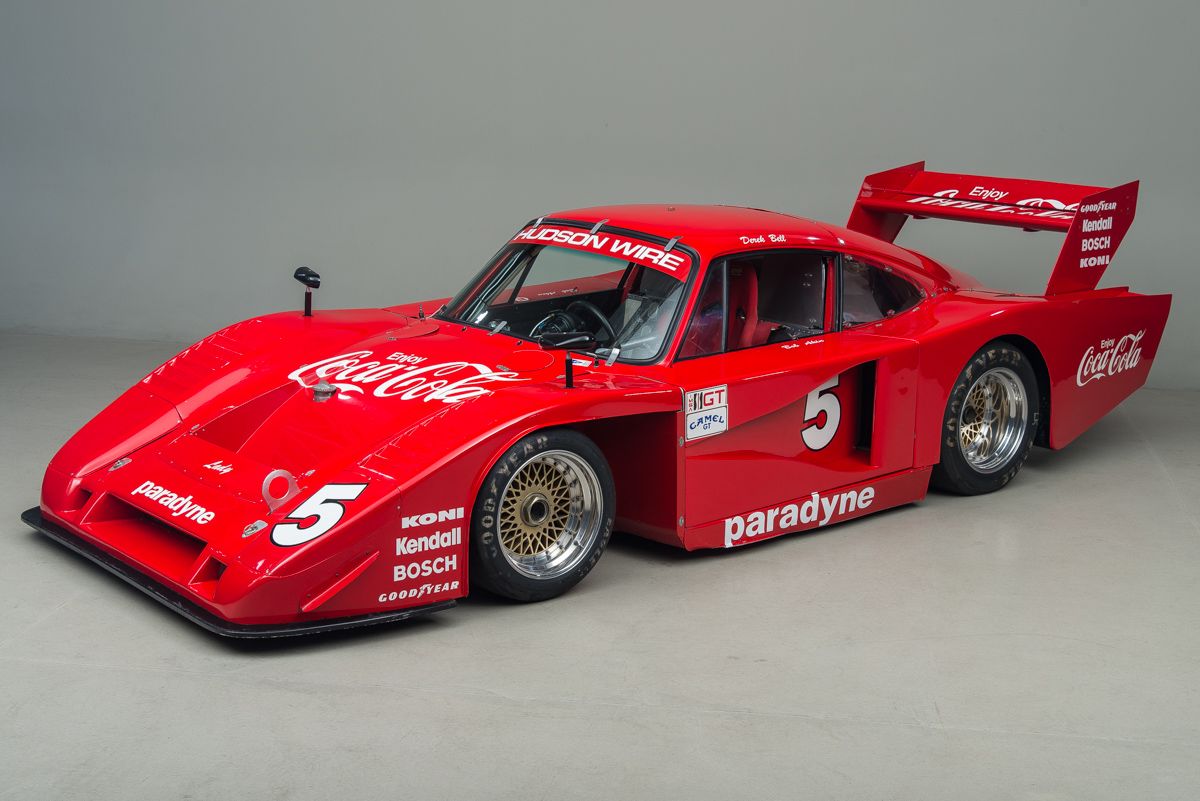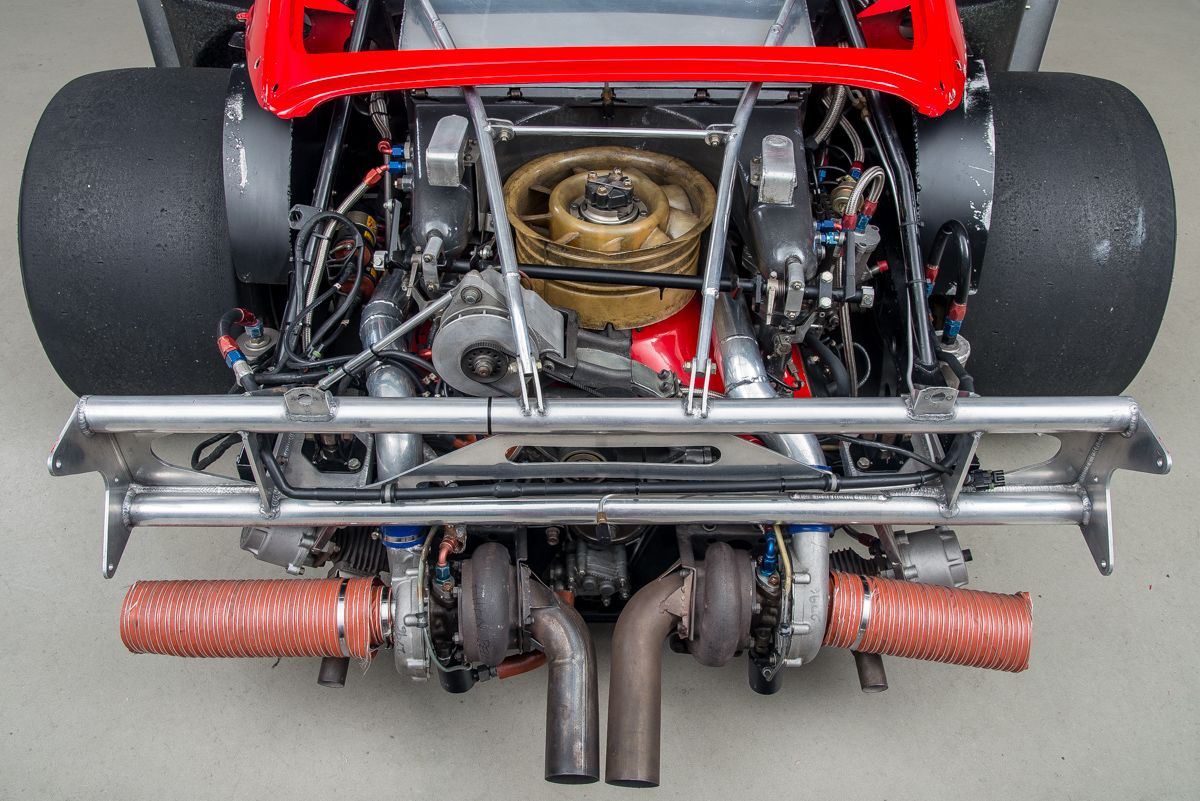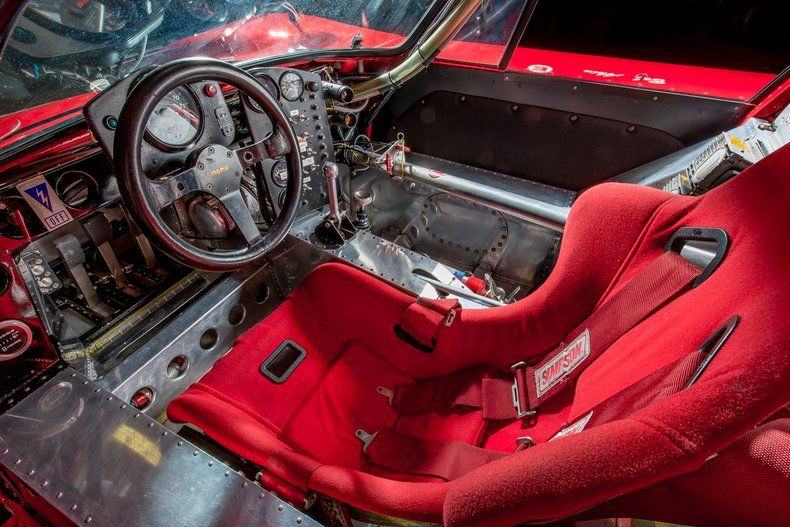The Porsche 935 resulted from a new set of rules issued for Group 5 by the Fédération Internationale de l'Automobile (FIA), motorsports governing body, implemented for the 1976 endurance racing season. FIA's created a new class for production-based cars that would challenge for outright victory.
In its new street model, the Porsche 930 Turbo, the Stuttgart manufacturer saw the opportunity to exploit these new rules. All factory 935 race cars would carry a 930 VIN to demonstrate the race car's connection to the street model. The new Special Production rules were pretty open but limited overall width, tire sizes, and required engines with stock block origins. The rules stipulated that the OEM hood, roof, doors, and rocker panels were used to maintain a visual connection with the street model. Beyond that, not many more limitations.
Perhaps like no other race car, the Porsche 935 evolved rapidly and enormously through 1984. To encapsulate the model's developmental arch, we've selected three examples of the species to dissect.
1976 Model: The Original Porsche 935
The stock 930 monocoque was shorn of its front and rear structures and replaced by stiffer fabricated frame members. An aluminum roll cage was installed. All body panels except those mentioned above were replaced with fiberglass. Coilovers were fitted all around with four-piston calipers and vented rotors, along with adjustable front and rear anti-roll bars.
The highly-modified 2.8 L engine retained the stock, SOHC flat-six configuration. Enormous dual KKK turbochargers drove output to 650 HP, which the driver could dial up or down with the cockpit boost control.
The rules allowed manufacturers to remove the mounting mechanisms for the stock headlamps. Under that rule, midseason Porsche introduced the famous slant nose that appeared on all 935s and was offered as a factory option on street models.
The 935/76, as it's now referred to, was an immediate success. Porsche captured the outside pole at Le Mans and won four out of seven races to take the 1976 FIA World Championship for Makes.
1978 Model: The Porsche 935/78 'Moby-Dick'
For its final season competing in the World Championship for Makes, Porsche developed the outrageous 935/78, which created a road map for all private 935 entries until the end of the 1984 season. Porsche extended the 935 body panels front and rear and added door covers to streamline the car, resulting in a 228 mph top speed at Le Mans. The 935/78 earned the nickname 'Moby-Dick' due to its super elongated bodywork and white paint scheme.
The engine was as unique as its bodywork. While Porsche had to stick with the stock block, rules allowed modified cylinder heads. Porsche developed DOHC heads that were water-cooled to accommodate greater boost. Output for the DOHC 3.2 L engine was now 845 HP, and it was capable of a 0-60 mph time of 2.8 seconds.
Porsche and Pirelli also spotted another loophole in the rules. Tires had a maximum legal width, but not a maximum diameter. The 935's footprint was significantly increased by going to larger 19-inch diameter rear tires, resulting in better grip and longer tire wear. With the end of 935 factory production, two independent German companies built and sold replicas (and then developments) of the 935/78, specifically the Kremer K3 and Joest 935J.
1984 Model: The Porsche 935 L
Perhaps no other race car demonstrates the extent of developments made to the 935 platform than the 935 L1. While the Porsche 935 was no longer competing globally, it remained competitive in regional series like IMSA in the US and Canada. Teams there pushed the development of the 935/78 package, though none could use the DOHC motor developed for 'Moby-Dick.'
Commissioned by racer Bob Akin to battle the encroachment of GTP cars into IMSA racing, Akin and builder Chuck Gaa of Gaaco took the design as far as possible yet remain legal.
First, the stock center section was discarded, along with the front and rear subframes. In its place was an aluminum monocoque fabricated to tie the Kremer K3 McPherson strut front and Porsche 935/78 semi-trailing arm rear suspension together in a more substantive manner.
The rules required the production 911 windshield and roof. On the 935 L1, these were tilted back to improve aerodynamics. At the front, the nose from a Lola T-600 GTP car was fitted, while the rear was shaped similar to that of a prototype race car.
Power from the turbocharged SOHC 3.2 L flat-six was now up to 800 horsepower. However, the 935 L could not match the pace of the new, built-from-scratch GTP race cars. While it took second place at the Daytona three-hour qualifier and fifth at the Sebring 12 Hours, it registered limited results at the four remaining races of its career.
While the final outings for a Porsche 935 based racer in IMSA competition occurred in 1986, the rear-engined German cars were well off the pace. That session would see the model's last races until the 935, and its derivatives became legal for historic racing. Now those two young to have witnessed the fire-belching Porsches the first time around now have a new opportunity to catch these marvelous cars in action.

